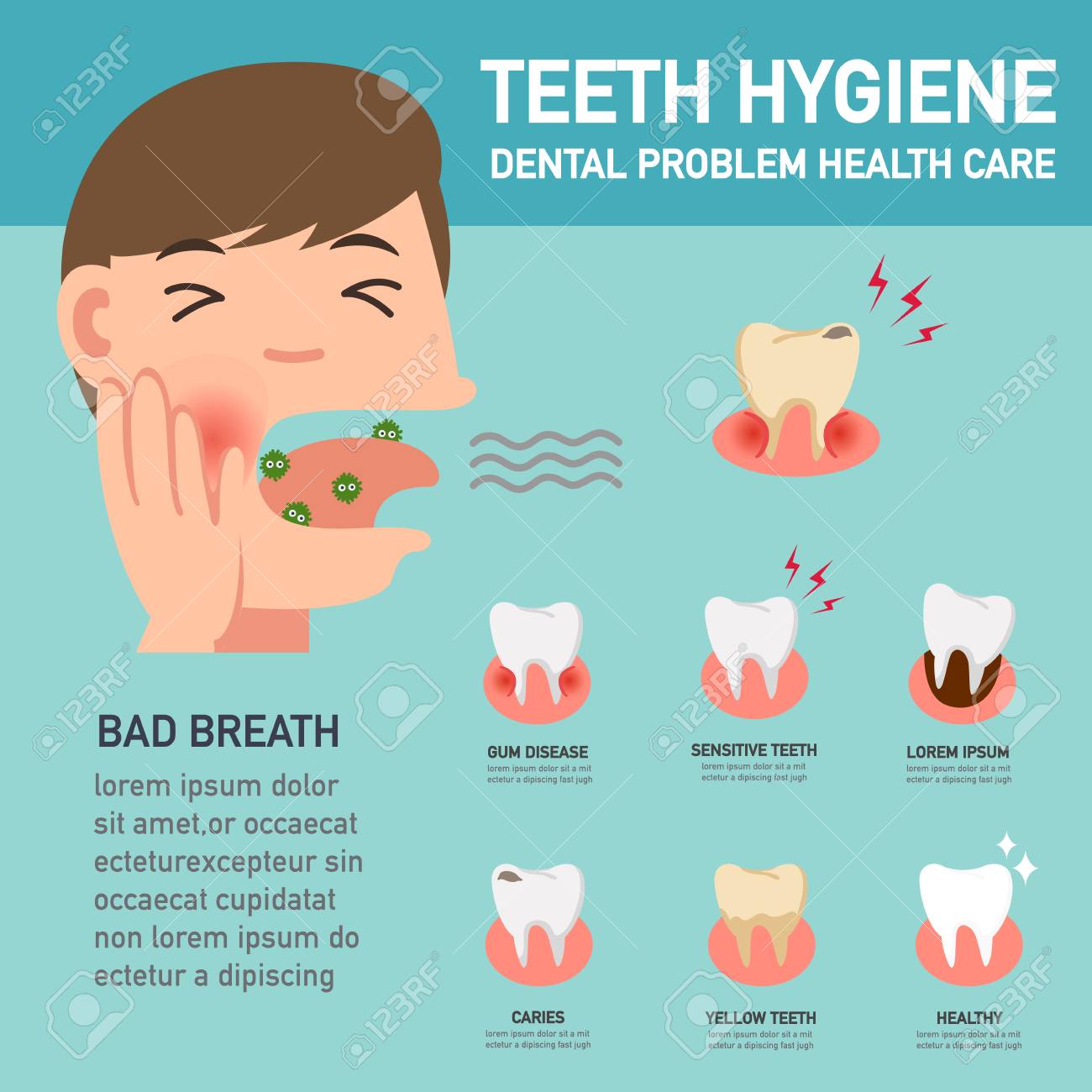Invisalign Versus Traditional Braces: A Considerable Evaluation
Invisalign Versus Traditional Braces: A Considerable Evaluation
Blog Article
Published By-Bekker Pehrson
When confronted with the choice in between Invisalign and standard dental braces, you may ask yourself which alternative aligns better with your way of life and choices. The option involves greater than just the visual appeal; it delves into elements like treatment duration, convenience, and long-term oral health effects. Consider the influence each option may carry your everyday regimen and positive self-image. As we discover the detailed comparison, you'll acquire insights right into the subtleties that make these orthodontic therapies distinct and discover which one may be the better suitable for you.
Products and Building and construction
When contrasting Invisalign to typical dental braces, the products and building and construction differ dramatically. Invisalign includes clear, smooth plastic aligners customized to fit your teeth. These aligners are practically unseen, making them a popular option for those seeking a more discreet orthodontic treatment.
On the other hand, typical dental braces involve metal braces that are glued to your teeth. These braces are after that connected by cords and rubber bands, using stress to gradually move your teeth into the desired position.
reasons not to get dental implants of Invisalign aligners enables an extra comfortable fit compared to typical braces. The smooth plastic product minimizes inflammation to your cheeks and periodontals, which is a typical issue with steel brackets and cords. In addition, Invisalign aligners are detachable, making it easier to brush and floss your teeth without any blockages.
On the other hand, typical braces are taken care of onto your teeth, calling for additional treatment and time for correct upkeep.
Maintenance and Oral Health
The maintenance and oral health techniques vary between Invisalign and traditional dental braces due to their distinct style and building.
With Invisalign, you can remove the aligners when consuming or cleaning your teeth, allowing you to keep your normal oral health regimen without any obstructions. It's important to comb your teeth after consuming prior to placing the aligners back on to prevent food fragments from getting entraped and triggering degeneration.
On the other hand, conventional dental braces require extra focus to keep your teeth clean. Food particles can conveniently obtain embeded the braces and wires, leading to plaque build-up and prospective tooth decay. You'll need to use unique tools like interdental brushes or floss threaders to tidy between the wires and braces efficiently.
Regular oral examinations and cleanings are necessary to make certain that your dental hygiene is in top problem while using typical dental braces.
Exposure and Appearance
Exposure and aesthetics play a significant duty in the comparison in between Invisalign and typical braces. When it pertains to appearance, Invisalign offers a clear advantage over conventional dental braces. Invisalign aligners are practically unseen, making them a popular choice for those who prefer an extra discreet orthodontic therapy option.
Unlike the obvious steel braces and wires of typical braces, Invisalign aligners are clear and assimilate with your natural teeth, allowing you to smile with confidence throughout your treatment.
Traditional dental braces, on the other hand, are much more conspicuous because of their steel elements. While do you have to get your wisdom teeth removed may opt for colorful bands to individualize their braces, others could feel uneasy about the presence of these orthodontic devices. The popular look of traditional dental braces can often affect a person's self-esteem, especially for grownups in professional setups.
websites
In conclusion, when selecting between Invisalign and conventional dental braces, consider your way of life and preferences. Invisalign offers a very discreet and comfy alternative with simple maintenance, while traditional dental braces offer vibrant modification however may impact self-esteem.
Ultimately, the choice should be based on what works best for you in terms of appearances, comfort, and convenience. Make sure to consult with your orthodontist to establish the most appropriate treatment for your individual demands.
